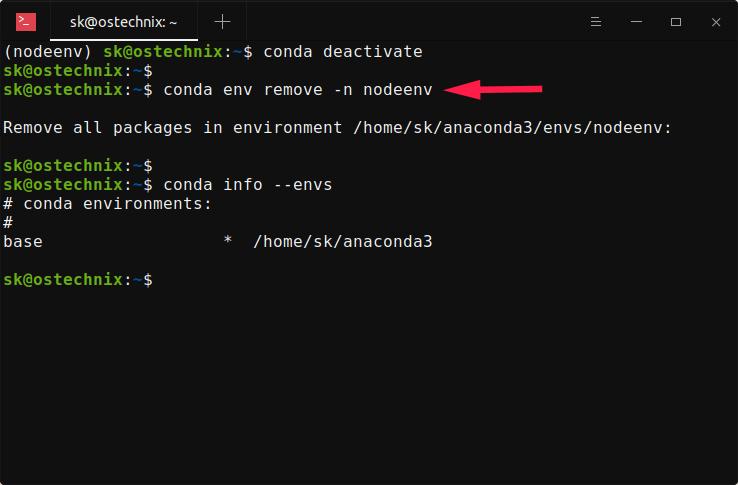


Later, and for years since, I’ve used the Python venv module. In Java, one used Maven (at least for a time before Gradle and other Ivy-based tools muddied the waters). In contrast, as an experienced Java developer, I would have been horrified to download jar files (Java packages) and drop them into the system-wide Java lib directory. In all fairness to them, that’s what I did first when I started using Python, too, even though, at the time, I already had over a decade of software development experience. More than one person has told me that they don’t use virtual environments they just install packages using pip into their global Python environment. Let me give you another symptom of Python’s tooling.

In response, someone had some good-natured fun at my expense because I wrote that because SymPy is “written entirely in Python, it’s easy to install and use.” Advertisements For example, I recently promoted my SymPy post in such a place. The file is named config.If you spend time on Python forums, you’ll find that even people who love Python think its package management tools are somewhat clunky compared to other languages. The workspace configuration file is a JSON file that tells the SDK how to communicate with your Azure Machine Learning workspace. Local and DSVM only: Create a workspace configuration file If you don't have one, you can create an Azure Machine Learning workspace through the Azure portal, Azure CLI, and Azure Resource Manager templates. Visual Studio Code: If you use Visual Studio Code, the Azure Machine Learning extension includes language support for Python, and features to make working with the Azure Machine Learning much more convenient and productive. Jupyter Notebooks: If you're already using Jupyter Notebooks, the SDK has some extras that you should install. This article also provides additional usage tips for the following tools: Additional cost incurred for Linux VM (VM can be stopped when not in use to avoid charges). Lack of control over your development environment and dependencies. The SDK is already installed in your workspace VM, and notebook tutorials are pre-cloned and ready to run. Easy to scale and combine with other custom tools and workflows.Ī slower getting started experience compared to the cloud-based compute instance.Įasiest way to get started. Similar to the cloud-based compute instance (Python is pre-installed), but with additional popular data science and machine learning tools pre-installed. Necessary SDK packages must be installed, and an environment must also be installed if you don't already have one. Run with any build tool, environment, or IDE of your choice. Environmentįull control of your development environment and dependencies. The following table shows each development environment covered in this article, along with pros and cons. Learn how to configure a Python development environment for Azure Machine Learning.


 0 kommentar(er)
0 kommentar(er)
